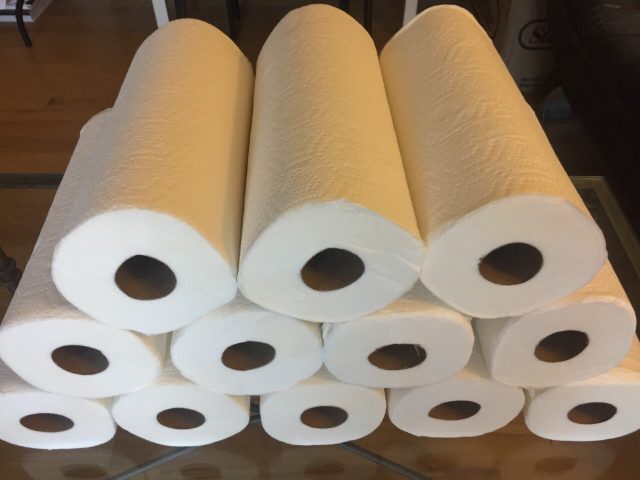Researchers have come up with a better way to test which fabrics work best for masks that are meant to slow the spread of COVID-19. By testing those fabrics under conditions that mimic the humidity of a person's breath,...
As light as possible and as strong as possible at the same time. These are the requirements for modern lightweight materials, such as those used in aircraft construction and the automotive industry. A research team has now developed a...
The genome editing technology CRISPR has emerged as a powerful new tool that can change the way we treat disease. The challenge when altering the genetics of our cells, however, is how to do it safely, effectively, and specifically...
The total amount of data generated worldwide is expected to reach 175 zettabytes (1 ZB equals 1 billion terabytes) by 2025. If 175 ZB were stored on Blu-ray disks, the stack would be 23 times the distance to the...
The U.S. pulp and paper industry uses large quantities of water to produce cellulose pulp from trees. The water leaving the pulping process contains a number of organic byproducts and inorganic chemicals. To reuse the water and the chemicals,...
Graphene, a two-dimensional material composed exclusively of carbon, has revealed extraordinary properties, including thermal and electrical conductivity, transparency, and flexibility. When combined, these properties become particularly interesting in the age of touch screens and flexible electronics. "Unlike 3-D materials,...
A group of researchers from the Fritz Haber Institute of the Max Planck Society and the Humboldt-Universität zu Berlin have found out that a semiconductor can be converted to a metal and back by light more easily and more...
Since Wilhelm Röntgen discovered them in 1895, X-rays have become a staple of medical imaging. In fact, barely a month after Röntgen's famous paper was published, doctors in Connecticut took the first ever radiograph of a boy's broken wrist.
There...
For the first time, physicists from the University of Basel have produced a graphene compound consisting of carbon atoms and a small number of nitrogen atoms in a regular grid of hexagons and triangles. This honeycomb-structured "kagome lattice" behaves...
Messenger RNA (mRNA) vaccines to prevent COVID-19 have made headlines around the world recently, but scientists have also been working on mRNA vaccines to treat or prevent other diseases, including some forms of cancer. Now, researchers reporting in ACS' Nano...
Our world needs reliable telecommunications more than ever before. However, classic devices have limitations in terms of size and cost and, especially, power consumption—which is directly related to greenhouse emissions. Graphene could change this and transform the future of...

















